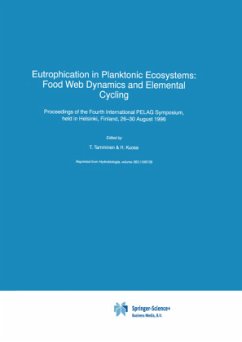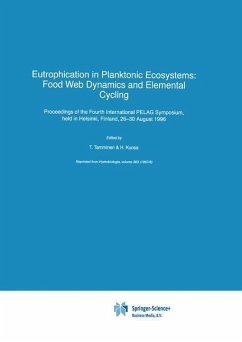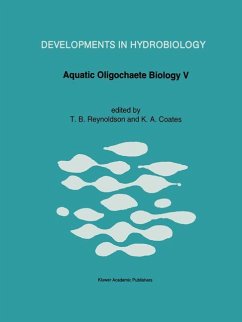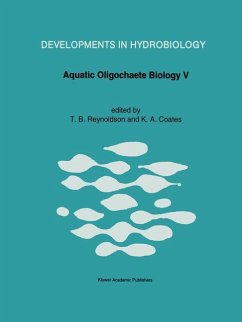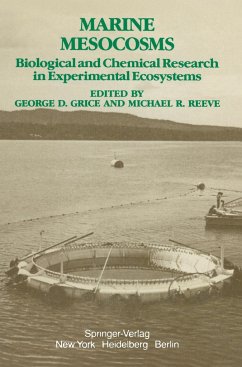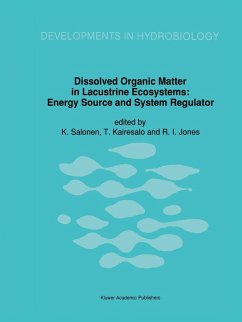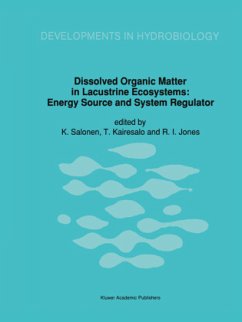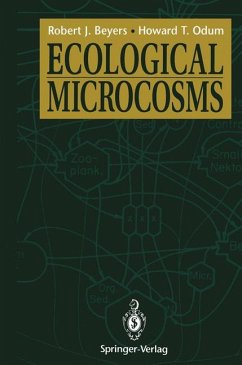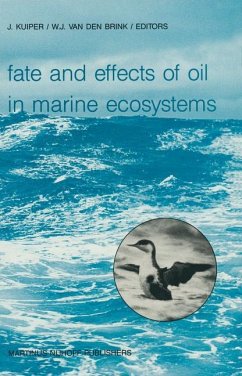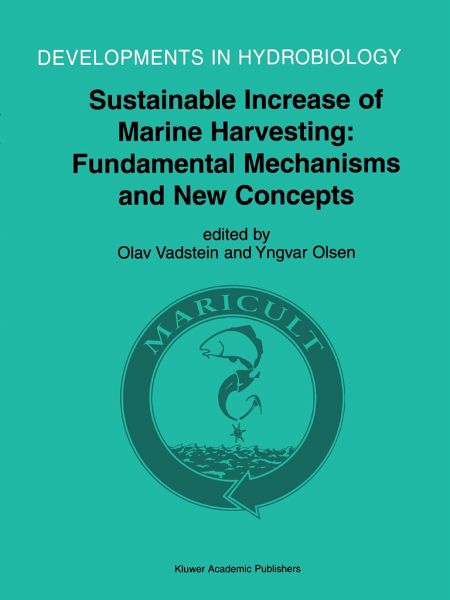
Sustainable Increase of Marine Harvesting: Fundamental Mechanisms and New Concepts
Proceedings of the 1st Maricult Conference held in Trondheim, Norway, 25-28 June 2000
Herausgegeben: Vadstein, Olav; Olsen, Yngvar

PAYBACK Punkte
58 °P sammeln!
"How can we increase the production and harvest of living marine resources in the new millennium? Bridging potentials and environmental constraints". This was the theme of the 1st Maricult Conference arranged in Trondheim, Norway in June 2000 in connection with termination of the Norwegian research programme Maricult (1996-2000; www.maricult.org).The intention for the conference was not only to present a state of the art overview of the research conducted as part of the programme, but also to describe other experiences and to discuss the ideas and the scientific status of the programme with th...
"How can we increase the production and harvest of living marine resources in the new millennium? Bridging potentials and environmental constraints". This was the theme of the 1st Maricult Conference arranged in Trondheim, Norway in June 2000 in connection with termination of the Norwegian research programme Maricult (1996-2000; www.maricult.org).
The intention for the conference was not only to present a state of the art overview of the research conducted as part of the programme, but also to describe other experiences and to discuss the ideas and the scientific status of the programme with the international scientific community. A total of 50 oral communications and 8 posters were presented at the conference. Sixteen of them are included in the present volume. They deal with such topics as strategies for improving marine harvest, underlying mechanisms for marine productivity, new concepts of mariculture with emphasize on mussels, and nutrient supply and environmental impact.
The intention for the conference was not only to present a state of the art overview of the research conducted as part of the programme, but also to describe other experiences and to discuss the ideas and the scientific status of the programme with the international scientific community. A total of 50 oral communications and 8 posters were presented at the conference. Sixteen of them are included in the present volume. They deal with such topics as strategies for improving marine harvest, underlying mechanisms for marine productivity, new concepts of mariculture with emphasize on mussels, and nutrient supply and environmental impact.




